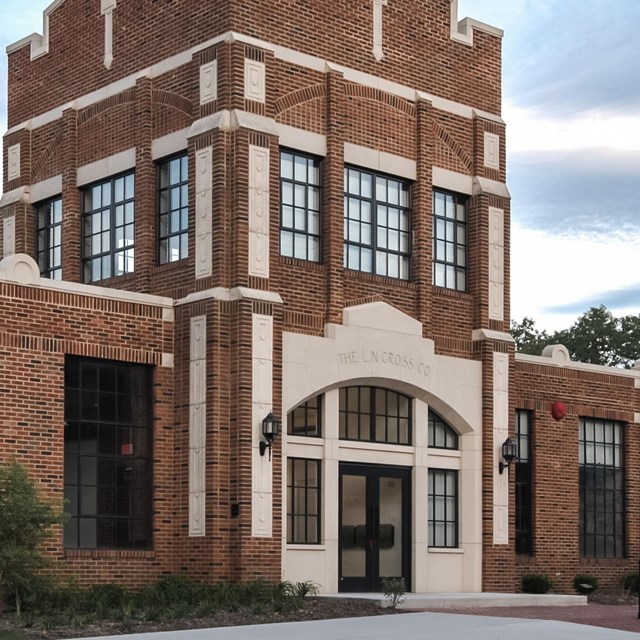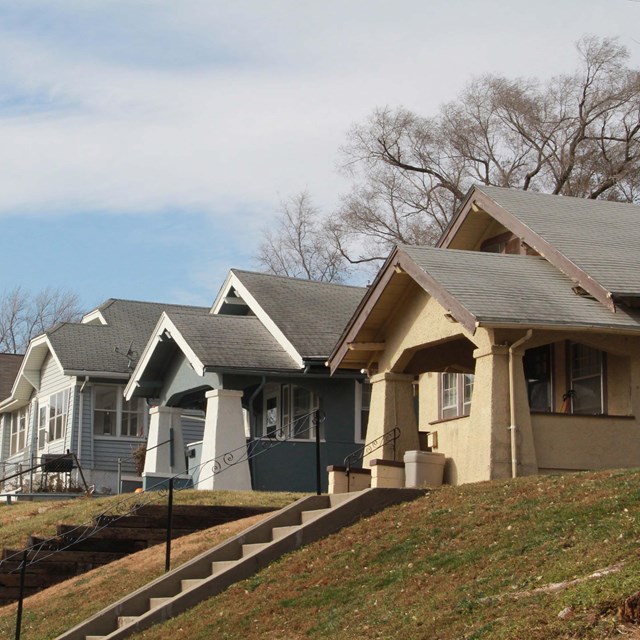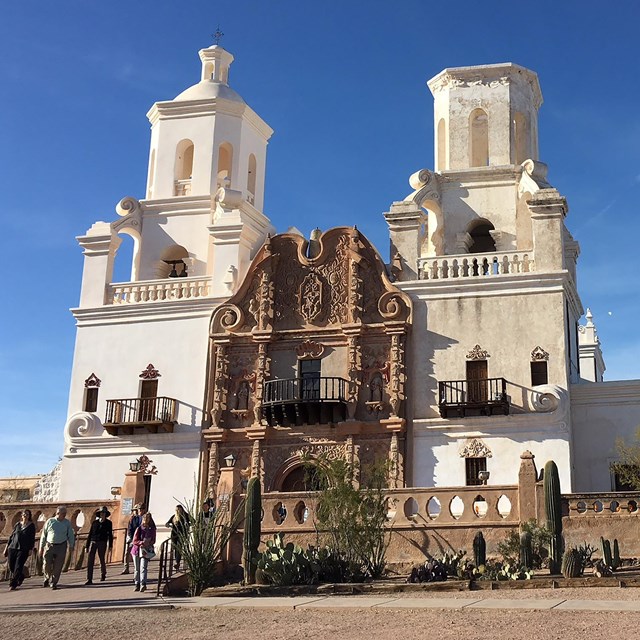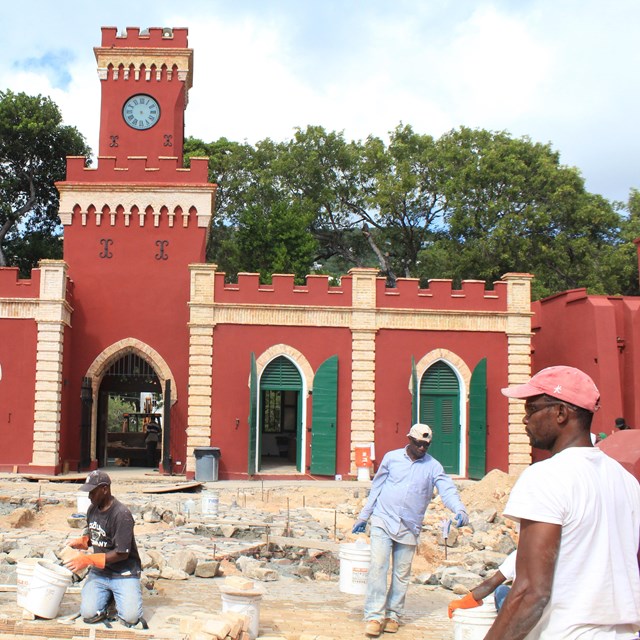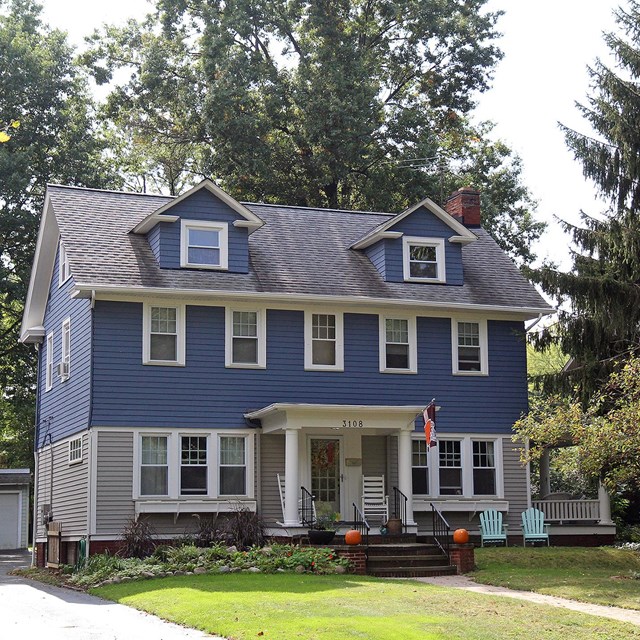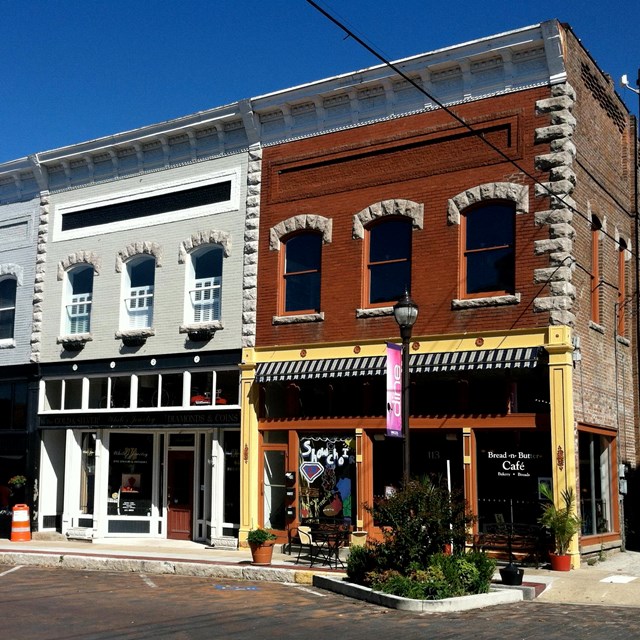The State Historic Preservation Offices (SHPOs) of the 50 States plus the District of Columbia, the 5 Territories, and 3 Freely Associated States are important partners with the National Park Service preservation programs. Together, they work toward preserving the places that give our nation a cultural identity found in the built environment.
Since 1970, State and Tribal Historic Preservation Offices have received matching grants through the Historic Preservation Fund (HPF) to assist in expanding and accelerating their historic preservation activities.
Historic Preservation Fund (HPF) grants are awarded annually based on an apportionment formula. The National Park Service and SHPOs, along with the Certified Local Governments provide the structure for preservation efforts to be connected on the national, state, and local levels. This includes the required minimum 10% pass-through of the HPF grant funds to directly support local preservation projects and providing preservation training and guidance. NPS consults with the SHPOs on all preservation projects through the Section 106 process outlined in the National Historic Preservation Act.
What do annual grants to SHPOs support?
Annual formula grants to SHPOs provide financial support for eight program areas described in and required by the National Historic Preservation Act. A summary and general description of these program areas follows below. In addition, specific examples of selected work products are catalogued in the NPS IRMA system. This system presents grant products from many HPF-supported grant programs, including annual awards to SHPOs, as well as other requirements of the National Historic Preservation Act, like comprehensive statewide preservation plans.These program areas are:
- award administration
- historic preservation planning
- survey and inventory
- National Register
- development, acquisition, and covenants
- preservation tax incentives
- review and compliance
- local government certification
Other Supported Activities
Although not part of other described program activities, the National Historic Preservation Act and HPF grant manual allow SHPOs to use grant and subgrant funding for a variety of additional activities like outreach or education programs directly related to HPF grant-assisted programs or projects, HABS/HAER/HALS documentation projects, training, conferences, and publications provided that all grant requirements are met.
The sum of administrative and indirect costs (from all sources, including subgrants) may not exceed 25% of the total grant budget.
- developing/carrying out planning processes, planning studies, historic contexts, ordinances, regulations, and standards
- developing or purchasing planning-related computer equipment or programs
- printing comprehensive statewide preservation plans
- reviewing plans for compatibility with the state plan or state law
- complying with state or local planning laws
- working on integration and coordination with other state and local plans, like hazard mitigation planning or transportation plans
- intensive and reconnaissance level architectural and/or archeological surveys
- limited archeological testing to identify/assess eligibility for listing in the National Register
- resurveying to modify listing boundaries, identify additional or new resources, or establish relationships between resources to refine a historic context
- digitizing the state inventory
- advancing survey and inventory technologies
- archeological survey activity related to development projects
- processing survey data
This program area includes:
- preparing or editing National Register nominations
- furthering public understanding of or participation in the nomination process
- preparing National Historic Landmark letters of inquiry or designations
- ensuring the role of Certified Local Governments in nominations
- must comply with/meet the appropriate Secretary's Standards
- must involve properties listed in the National Register of Historic Places, either individually or as a contributing resource, with integrity
- cannot fund moved property that results in a de-listing from the National Register when moved
- include the rehabilitation of non-federally owned historic properties as well as preparing predevelopment reports, plans, or other "nonconstruction" work
- protect, stabilize, or preserve archeological resources or landscapes as part of a development project
This program area includes the processing of applications for certification or amendments to a local government's certification agreement, monitoring and evaluation the performance and programs of Certified Local Governments, and developing, processing, or revising the state process for CLGs and for funds transferred to CLGs. Additional information is available on the Certified Local Governments program website.
Requirements under this program include:
- assisting local governments in certification
- subgranting at least 10% of the annual formula grant to CLGs following state and federal subgranting requirements
- reporting each CLG subgrant in the appropriate program area
- following approved CLG state procedures
- monitoring and evaluation of CLGs (no less than every 4 years)
Activities under this program area include reviewing projects under what is popularly referred to as the Section 106 process, as well as Section 110(k) activities. However, it also includes reviewing projects under state or local laws that conform with all HPF requirements and are thus often equivalent to the federal Section 106 process.
Work completed under the review and compliance program area must:
- include the review, monitoring, and response to federal agency request within a prescribed review period (usually within 30 days or the timeline established by a programmatic agreement)
- include the maintenance of a Section 106 tracking system to ensure project review timeliness and make sure this information is integrated into state survey/inventory databases
- include review by qualified staff
- consistently apply the National Register criteria for evaluation
- confirm the Secretary of the Interior's Standards and Guidelines for Archeology and Historic Preservation are consistently applied when evaluation products submitted by federal agencies
Update to the SHPO Apportionment Formula
Last updated: July 1, 2025

